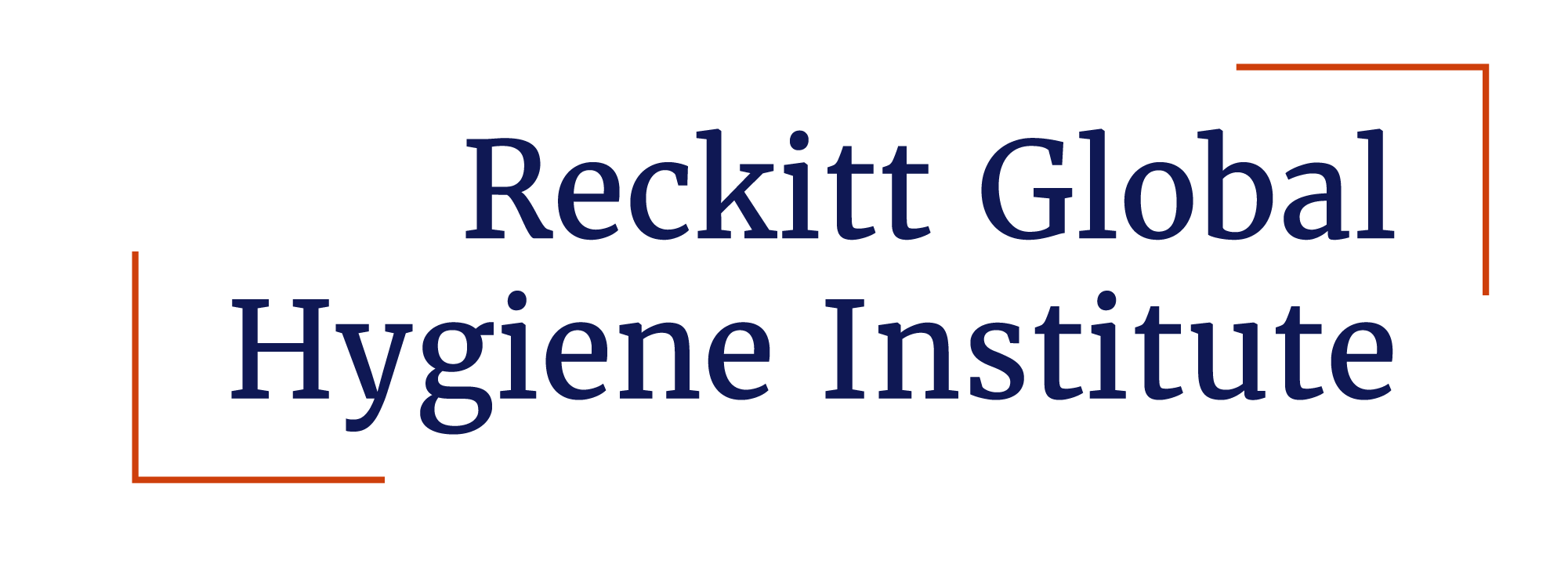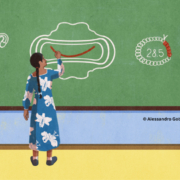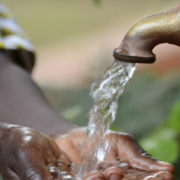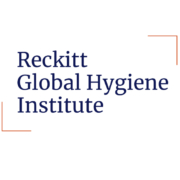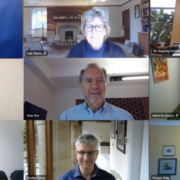What a new indicator list means for menstrual health and hygiene
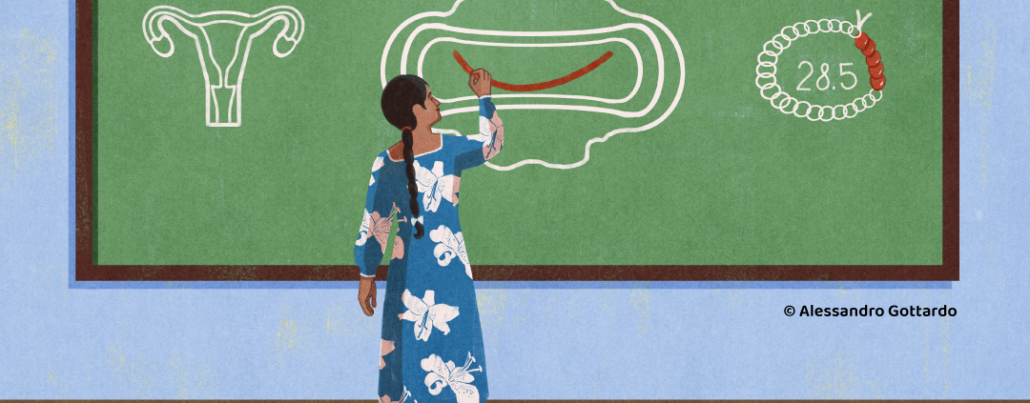
Last month, a consortium of experts and stakeholders on menstrual health and hygiene (MHH) and measurement launched a shortlist of indicators to monitor girls’ MHH at national level.
Supported by the Bill & Melinda Gates Foundation, the aim of the list and technical guidance is to provide countries with indicators that can be taken up to support monitoring progress on meeting MHH needs so that any gaps can be addressed.
According to research, 500 million women, girls, and people who menstruate don’t have what they need to manage their menstrual cycles — access to WASH facilities, information, and sanitary products — something which is being spotlighted this Menstrual Hygiene Day 2022, 28 May. It’s thought COVID-19 may have exacerbated the situation as supply chains were interrupted affecting access to menstrual hygiene products.
While there has been an increase in the attention and energy around MHH and in addressing this challenge for girls, women and people who menstruate, Dr. Julie Hennegan, Senior Research Fellow at Australia’s Burnet Institute and one of the five 2022 Reckitt fellows, said what is being measured is often what is paid attention to.
“Without indicators and monitoring data to give a sense of where countries are up to and what the unmet needs are across their populations… then it’s really hard to know what is needed and to stay accountable. Monitoring helps keep this important health area on the agenda ,” she explained.
With this in mind, the list – which includes indicators such as the percentage of schools with menstrual-friendly sanitation infrastructure available, of females who know about menstruation prior to menarche, and of countries with policies that include MHH – can be used by governments as they work to identify the gaps in MHH care.
Sitting down with the Reckitt Global Hygiene Institute ahead of Menstrual Hygiene Day 2022, Hennegan – who is using the Reckitt fellowship to support her research in measuring unmet MHH needs and their impacts on health and education – shares more about her hopes for the list.
Why do you think the priority list of indicators will be useful for governments?
In developing the list, we worked with three exemplar countries who have had leading efforts around MHH; Kenya, Bangladesh and the Philippines, with different policies and monitoring challenges we could learn from.
We also took into account existing national surveys that track related indicators at the national level. Things like the Demographic and Household surveys, and the Multiple Indicator Cluster surveys, to make sure that the indicator list, where possible, uses data that are already being collected at national level. The idea is that countries, governments and the public sector can look at where data is already being collected and use it to integrate relevant indicators into their existing monitoring system. Other indicators and measures are newer and would need to be integrated into national monitoring systems or surveys.
Now that the list has been developed, what’s the next step?
The next phase of work is to get a picture of the data that’s already been collected and what would be required to collect data on the other indicators. Governments monitor a huge range of indicators for different health topics. Working to support uptake means understanding what national monitoring systems exist and how the suggested indicators could be taken up and used. In most places, MHH isn’t being monitored. For effective monitoring to start we need a set of indicators that are going to reflect what we know about MHH needs.
Why haven’t there been such indicators before?
It’s an area of health that has been quite neglected and silenced. Menstruation in general has been kept very secret and to the side. We just ignore it – it’s not really happening. It’s only been more recently that we’ve seen national level attention to menstrual health and the needs of people who menstruate. We only definedmenstrual health in 2021 and there has been very limited data on menstrual health and hygiene. Stakeholders have been calling for data to highlight the unveiled menstrual health needs and to track programs over time. That’s been a real gap in continuing to move forward.
Are you hoping the list will be a launchpad for other initiatives in this space?
There has been an appetite for ‘hey, what should we be monitoring at national level to give a picture of unmet menstrual health needs and then over time to track progress?’ But no country is collecting data on all of these indicators right now. There is a lot of work needed to support efforts to get better data. Part of that effort is about raising the profile of MHH as an important topic.
The shortlist recommends indicators that bridge across education, gender, and psychosocial health so there’s potentially a need for different government departments and different monitoring initiatives to take up different indicators. At a national level, governments are likely to need mechanisms for drawing that data together to get a good picture of what’s going on in terms of menstrual health.
The step after that is to say, ‘okay, now we know what the baseline is, how many girls do know about menstruation before they hit menarche? How many people have access to enough menstrual materials to manage their bleeding?’ Once we know that, governments can work to set objectives for how they would like to improve things. Eventually we want all girls to reach menarche and to already know what menstruation is, to feel equipped and understand what that is and what to do.
What is your call to action?
The call to action is for support and advocacy, for government and national actors to take up indicators then to start using them as well as for other large scale monitoring efforts to consider these measures.
Our call to action for a more generalist audience would be to keep going and keep pushing with their advocacy and to say that if we want this paid attention to over the long-term, we are going to have to have monitoring data on the state of MHH. Advocating for inclusion of the indicators in national monitoring systems is an effective way to make sure that this is something that stays on the agenda.
